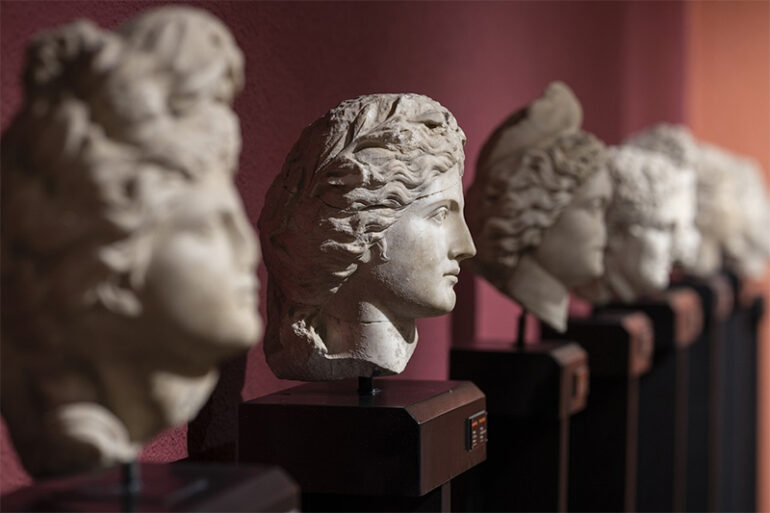In 2020, a Francis Bacon triptych sold for $84.5 million in an auction and was the most expensive painting sold in that year. But, as impressive as that sounds, it pales compared to Claude Monet’s Meules, which sold in 2019 for $110 million, and Amedeo Modigliani’s Nu couché, sold for $157 million in 2018.
These prices make art collecting attractive, but for those looking to own valuable art pieces, half the challenge is deciding which piece to purchase. Knowing how art is priced is essential to art collectors because they can maximize their ROI and avoid overpaying for certain pieces. Today, we’ll discuss every detail of how the biggest auction houses in the world decide the value of art.
Authenticity
Works that old masters and famous artists made will be worth more. That is if you can prove that it’s authentic. Criminals know that art under certain artists’ names can sell for high prices, so fakes are prevalent in the art world. Auction houses invest in laboratory testing and expert consultation to ensure no fakes make it to the auction catalogue. Additional documents like provenance, the catalogue raisonné, and specialists’ appraisals come in handy when deciding if a piece is genuine.
Condition
Another criterion for pricing art is its condition. For example, if the paint has dulled or cracked due to poor storage conditions, it may negatively impact the desirability of the piece. Sometimes, the poor condition comes with the piece, as is the case with Jackson Pollock paintings. Pollock was known to be a heavy smoker. Thus, some of his paintings have smoke damage and cigarette burns. In some cases, collectors can hire conservators and restorationists to repair any damage to the work. However, note that too much restoration may devalue the piece in some cases, so it’s best to consult with the broker before doing anything to the art.
Rarity
The law of supply and demand affects the art market just as much as any industry. The more people want a work, the higher the price will go. Many collectors want a Vermeer, but only 35 paintings are recognized as authentic. This high demand but low supply contributes to the high prices that Vermeer paintings often sell for.
Historical Significance
Every piece of art holds a particular significance, and often their origin story is what adds to their allure. For example, Vincent van Gogh’s Starry Night was painted while he was institutionalized. It depicts the view outside his asylum room window, giving us a glimpse of what was going through his mind when he was at his most vulnerable. Other historically valuable arts include excavated pieces like ceramics and statues representative of key points in civilization.
As with any significant financial decision, it helps to understand what you’re purchasing and what it’s truly worth before you pull out your wallet. So often, people get caught in the heat of an auction and continue to bid way beyond what the piece is truly worth. Avoid this mistake by educating yourself on the pieces being auctioned and setting a limit for how much you’re willing to bid.
Photo Attribution:
1st and featured image from https://pixabay.com/photos/bust-head-sculpture-art-hellenic-5524961/
2nd image from https://pixabay.com/photos/mona-lisa-painting-art-artwork-690203/

